Blue light (415 nm) targets acne-causing bacteria. Red light (660 nm) reduces inflammation and speeds up healing. For best outcomes, use a clinical-grade panel with verified specs like wavelength, energy dose, and LED spacing.
If you’re treating breakouts, start with Illuminate Blue. It’s designed to deliver targeted energy that clears acne bacteria without irritating skin. For skin recovery and tone, the VISO LED Mask supports healing with 660 nm red light in a compact, face-specific format.
Want the full breakdown? We’ll explain which light to use, how often, and what devices deliver actual results, not hype.
How LED Light Therapy Works for Acne
(difference template)

What Light Does to Skin
LED light sends energy into the skin in the form of photons. These photons trigger activity at the cellular level, helping cells do their jobs faster and more efficiently. Each colour of light reaches a different depth and affects a different target, bacteria, inflammation, or healing.
Blue light stays close to the skin’s surface, right where acne-causing bacteria live. Red light reaches deeper layers where inflammation and repair occur. Choosing the right wavelength means targeting the right problem, at the right depth.
Acne Causes vs Light Mechanism
Most acne starts with clogged pores, oil buildup, and bacteria called P. acnes. Blue light breaks down that bacteria, reducing active spots. Red light reduces swelling, calms irritation, and boosts collagen to help the skin bounce back after breakouts.
LED therapy helps your skin function better without harsh chemicals.
But it only works if the device delivers enough energy at the right wavelength, consistently. That’s why Lumara tools are designed with tight LED spacing and tested irradiance levels to deliver 5 J/cm² in minutes.
Blue Light (415 nm): Acne-Causing Bacteria
How It Works
Blue light targets acne at its source, bacteria. It reaches the outermost layer of skin, where P. acnes thrive inside clogged pores. The light disrupts their cell walls, weakening their structure and stopping the spread.
That process lowers inflammation and helps your skin reset without harsh treatments.
When It’s Most Effective
Results improve with routine use: aim for three to five times per week over a four to six week period. For consistent, high-output delivery, try the Illuminate Blue Panel. It delivers 415 nm energy at a clinically proven dose, 5 J/cm² in five minutes, across the full treatment area.
LED spacing is tight enough to prevent untreated gaps, ensuring even exposure every session.
Red Light (660 nm): Healing + Barrier Repair

Benefits Post-Breakout
Red light does more than calm redness. It stimulates fibroblast cells, which produce collagen and elastin, two key factors in healing after acne.
This wavelength also increases blood flow to support tissue repair and reduce the appearance of post-inflammatory pigmentation.
When to Use It
Red light is ideal after breakouts fade. It helps strengthen your skin barrier, smooth surface texture, and fade discoloration.
Two options work well here. The VISO LED Mask delivers 660 nm red light across the face in 20-minute sessions, great for consistent facial skincare.
For larger surface areas or professional-grade output, the Illuminate Red Panel offers wider coverage with 6mm LED spacing and powerful irradiance.
Can You Use Both Together?
Should You Combine Red + Blue?
Combining red and blue light therapy can improve both immediate and long-term skin outcomes. Blue light targets acne bacteria quickly, while red light reduces inflammation and supports recovery.
When used together in the same week, either in the same session or on alternate days, this approach balances breakout control with skin restoration.
Devices with both wavelengths allow you to target multiple skin issues in one treatment cycle.
If your breakouts are frequent and healing tends to be slow, a routine that includes both light types can help regulate oil, minimise flare-ups, and fade pigmentation all at once.
Simultaneous vs Alternating Treatments
Some LED panels or masks run both wavelengths simultaneously, while others let you toggle between colors. The problem is that many dual-wavelength devices are underpowered, splitting energy across modes and failing to deliver the therapeutic dose needed for either effect.
If your device offers custom settings, alternate intentionally:
-
Use blue light in the morning or on breakout-prone days to target bacteria
-
Use red light in the evening or recovery days to support healing
With fixed-wavelength tools, simply cycle treatments on separate days to maintain balance.
Mistakes That Derail Progress
Using Underpowered Devices
Low-output LED masks often don’t deliver the energy needed to affect skin. Many brands avoid listing irradiance or total energy dose.
If your device doesn’t disclose power specs like J/cm², it likely falls short of therapeutic ranges.
Leopard Spots & LED Spacing
Uneven LED spacing leads to patchy coverage; some areas get light, others don’t. This “leopard spot” effect results in inconsistent treatment, especially across larger surfaces or the contours of the face.
To avoid this, choose panels and masks with tight LED spacing.
How to Choose the Right Device
For Facial Acne
Facial acne responds well to compact LED tools with focused wavelength output. If your breakouts are concentrated on the cheeks, forehead, or chin, a smaller format device may be easier to use regularly.
The VISO LED Mask fits the facial contour and delivers 660 nm red light to support barrier repair, collagen activity, and tone correction.
Pair this with the Illuminate Blue Panel for bacterial control. Both tools are purpose-built with safe irradiance levels and accurate spacing, ideal for acne-prone skin that needs consistency without compromise.
For Chest, Back, or Severe Breakouts
Larger areas or deeper breakouts, especially on the back, chest, or shoulders, need more than a compact mask. They require consistent, high-output coverage that treats every inch of affected skin.
The Illuminate Blue Panel delivers blue light at 415 nm across broad zones, making it ideal for full-body acne treatment, not just facial flare-ups. Use it to target:
-
Chest and back breakouts
-
Recurring body flare-ups from workouts or friction
For post-acne healing, inflammation, and discoloration, the Illuminate Red Panel delivers deep 660 nm energy to accelerate recovery.
Together, these tools offer full-spectrum care for acne-prone skin, whether you're treating one stubborn spot or your entire back.
Clearer Skin Starts with the Right Light
Acne isn’t just about what’s on the surface, it’s about what’s happening deep inside your skin. That’s why red and blue light therapy works: each wavelength targets a different part of the problem.
-
Blue light (415 nm) attacks acne-causing bacteria at the source, helping stop breakouts before they spread.
-
Red light (660 nm) reduces inflammation, supports healing, and fades post-acne marks without irritation.
At Lumara, we don’t chase gimmicks. We build clinical-grade tools that deliver real energy, real results, and real change.
Here’s where to start:
-
Illuminate Blue Panel: For active breakouts and bacteria control
-
VISO LED Mask: For post-acne healing, inflammation, and tone recovery
Choose Lumara, and give your skin the light it deserves.
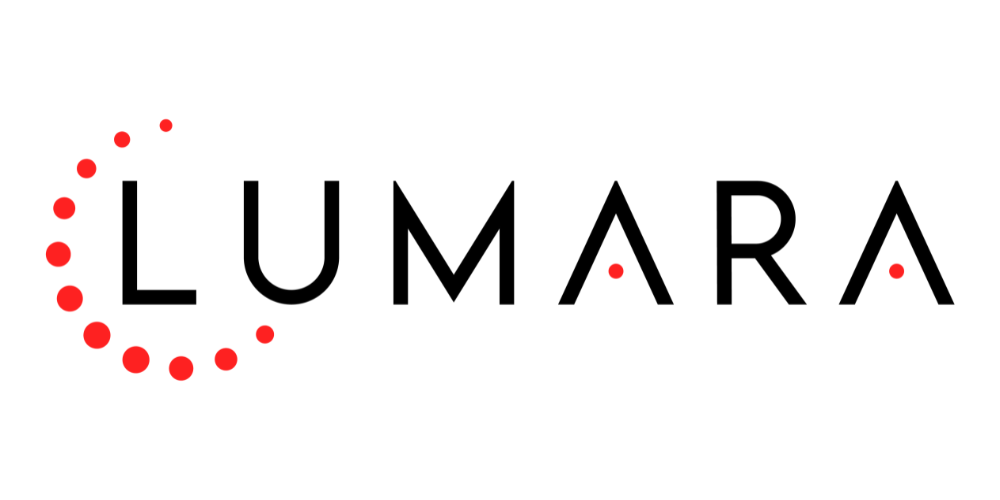
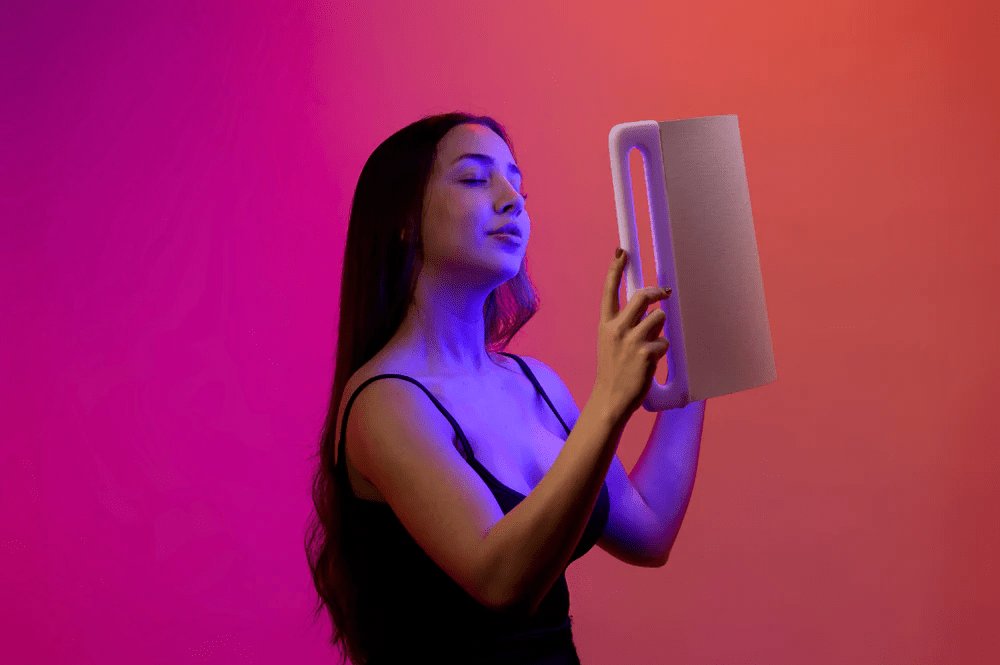

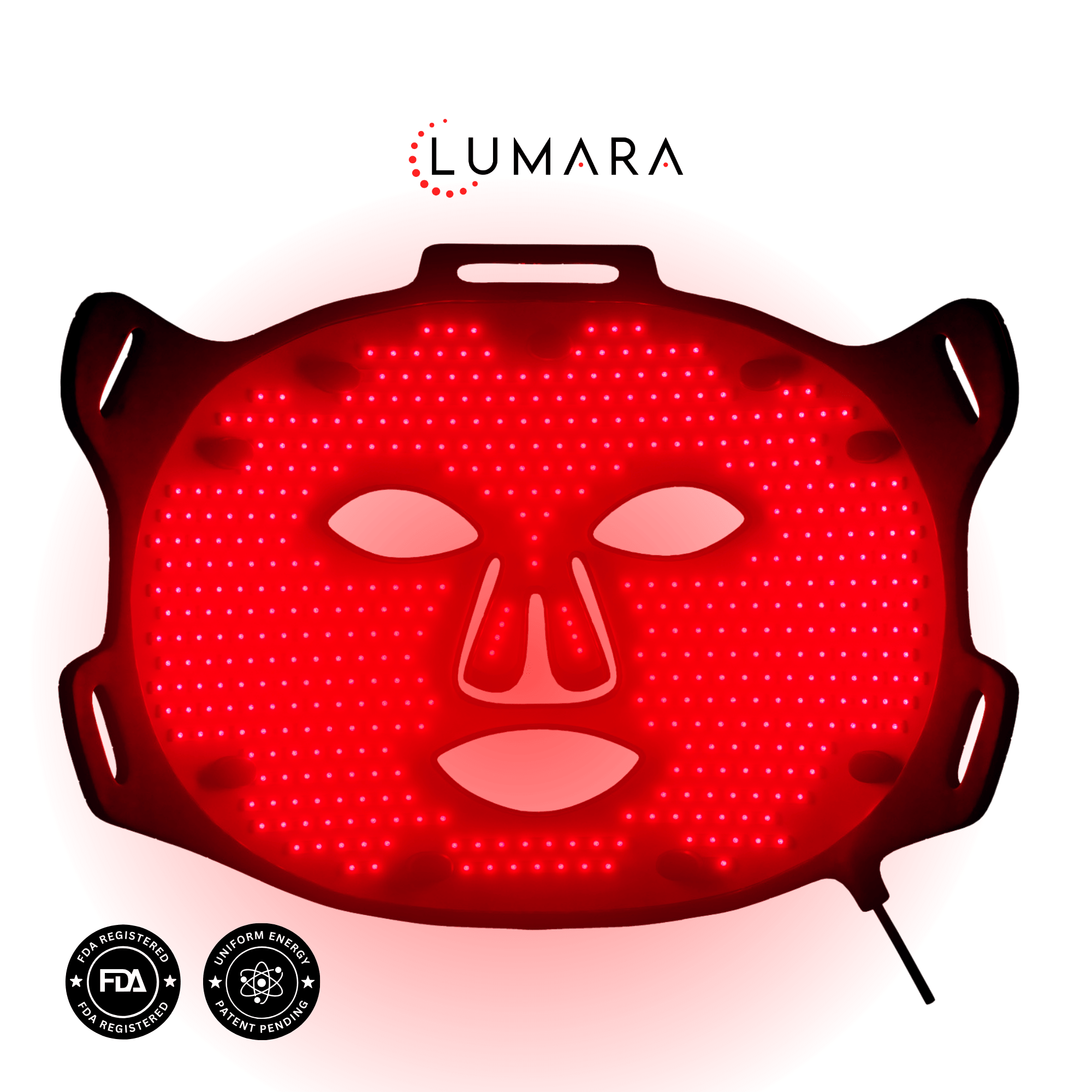

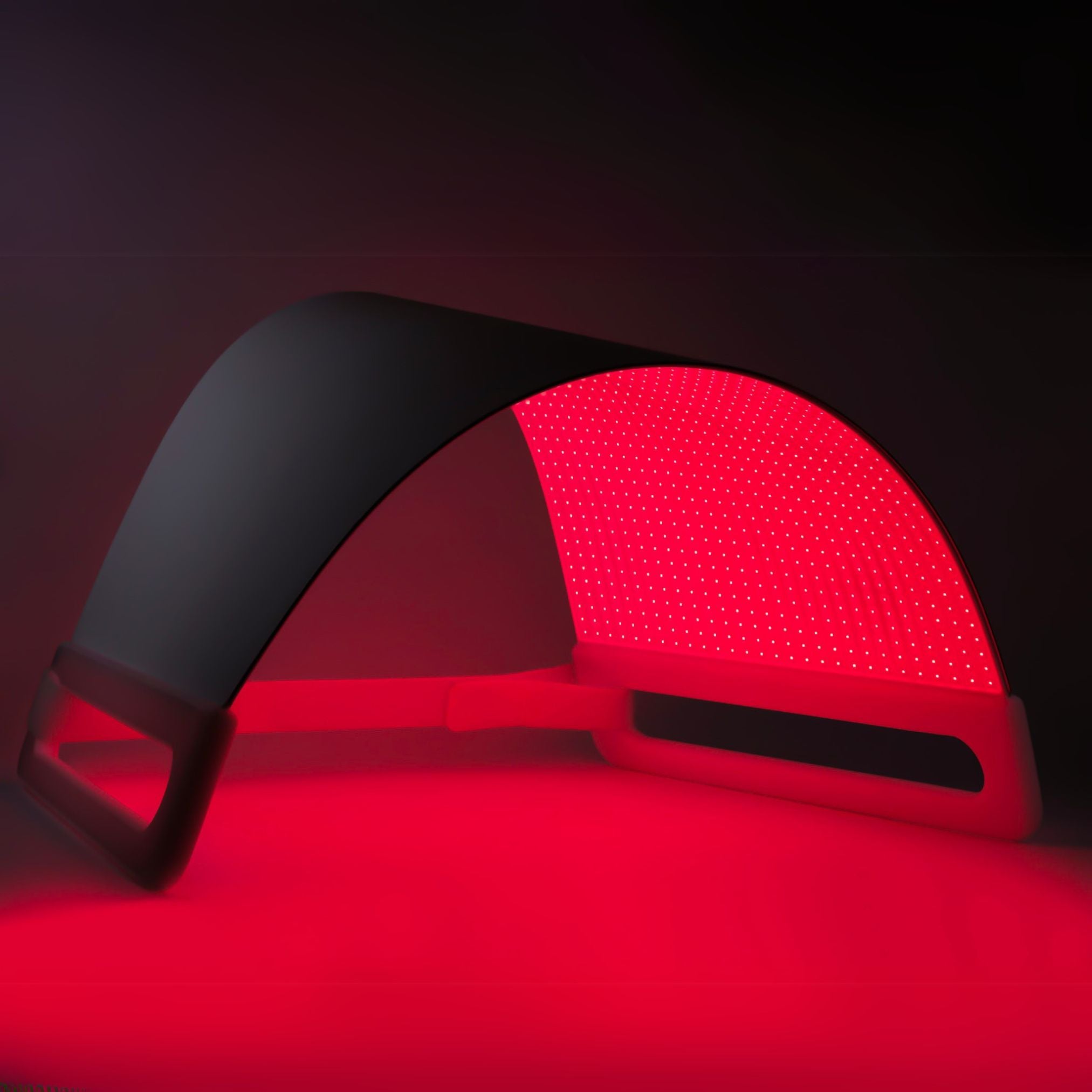
Share:
Red Light Therapy vs Laser Therapy
Red Light Therapy for Dark Spots